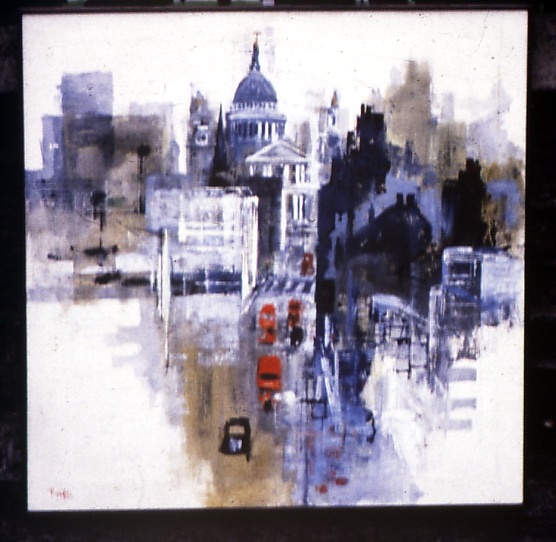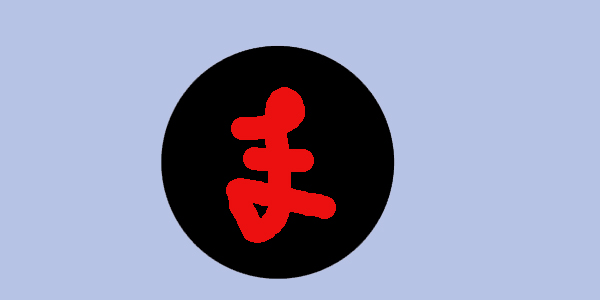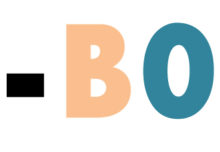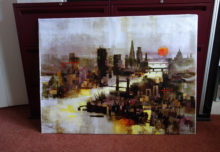Update based on my article in ‘Art Business Today’ magazine 2010.
… I had an email yesterday from someone who said she lived here in the UK. She asked about the artist Colin Ruffell. I told her that was me.
She said that her reason for calling was;
“…we have inherited a 30’ x 30” painting purchased by parents many years ago. Now they are downsizing and want to pass the painting on. Where would be a good place to sell them?”
This is not such an uncommon question. As I get older they come in more frequently. I get about one a month, usually by email. Sometimes the paintings in question are inherited, sometimes rescued from a car boot sale, or bought long ago from a shop or gallery that has since closed down. Very often I am told that the painting has hung in some-ones home for many years and made the owner very happy.

I feel very pleased that my paintings have lasted for several decades. It is really good to hear that some of the oldies are still loved, even if their original homes have gone.
That’s nice, but there are problems.
I usually tell the eager and hopeful questioner that my present price structure has to be based on gallery sales of my latest work.
Art galleries that remain have increasing costs and have to charge more and more for originals. Artists who are showing in these galleries must not undercut the gallery price when selling directly, so my price for originals goes up as well.
As a rule of thumb my original paintings currently fetch at least £10 per square inch. So a very small 3”x4” original is £120, and a 30”x40” original is £12000.
Their 30“x30”, would cost £9000 in a gallery today.
Of course this means that new first time collectors can be priced out.
Still, not bad, £90 for a £9000 painting! Or is it?
The problems.
In this case, the owners have to decide whether to insure the painting for £9000 so that they can replace it in case of fire or theft. And, if they do not declare the replacement cost, beware that some insurance companies could say that the artwork is ‘under-insured’ and that therefore they need to pay only a percentage of the claim. And that could even affect the total claim for everything else. So the best thing to do is make sure that the ‘original’ is not included in your insurance.
More bad news is that it is doubtful that they would get £9000 if they tried to sell it themselves. They would have to be rather lucky to find an auction with two wealthy competing Ruffell fans wanting that particular painting. The commercial art trade in good times would only buy-in at a fraction of the £9000.
The even worse news is that I do not want to buy it myself for £9000 either, because I have already spent the £90, and don’t have the necessary millions to buy back all of my paintings.
And the even more terrible news is that I am pretty fit and healthy, still producing happily, making the rarity value of my work a little less day by day.
So my advice was to hang on to the painting, bequeath it to grandchildren, or maybe move to a bigger house and re-hang it, and relish the fact that the £90 was well spent.
My caller was pleased that I am well. She was glad that I could confirm that the painting was mine. But I guess that she was a little disappointed at the bad news.
So, are paintings an investment or not?
Well, alas, the answer is that in most cases they are probably not. You should buy a work of art because you like it. Artists and dealers should not price their paintings pretending that art is a sure fire investment. If, and it is a big if, an artwork ups in value after the artist’s death then that is a free bonus.
This message is designed to dissuade Ruffell collectors from gathering around my deathbed like vultures whenever I sneeze.
Update for 2020.
There used to be the snobbery factor in collecting original paintings because the only alternative was getting cheap poor quality prints.
However, (drumroll), new ways of creating fine-art have developed. It is no longer just a choice between originals or reproductions.
Now artists can make new kinds of artworks that are excellent quality and value. They can make art that is deliberately destined for portfolios of edition inkjet printed artwork. These new methods of making art can be somewhere between ‘originals’ and ‘prints’.
The system is for the artist to create a new piece using real paint on paper or canvas. This is the expensive gallery ‘original’.
But then the artist can capture the image digitally and create a new version of the piece on a computer before printing out onto paper or canvas. The new version can be cropped, created in different colours, over painted with extra texture and details. Then this new version can be captured and put back into the ongoing process to start again with another new image. These are not ‘originals’, neither are they reproductions. They are a sort of hybrid, somewhere in between.
This means that artists like me can produce very affordable art pieces for sale directly to collectors at realistic and worthy price points. They are very interesting and satisfying to make. The pieces look great, they wont fade or dis-colour, and will have certified unique status, and be hand signed. The posh west end galleries will survive, so will the artist, and real collectors and art lovers will be happy.
Check out my website www.artpublish.com to see.





